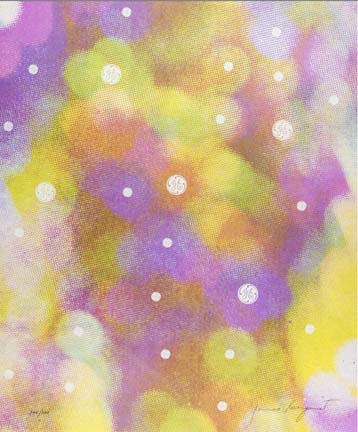James Rosenquist
James Rosenquist (North Dakota, born 1933)
James Albert Rosenquist was born in North Dakota, in the heart of the Great Plains. The vast distances, with their deep perspectives and the long, unbroken horizon made a powerful impression on his visual imagination, and from an early age he drew easily.
While still in junior high school, he won a scholarship to the Minneapolis School of Art, and began to consider a career as an artist, but he still had little idea what form that would take. After high school, he enrolled in the University of Minnesota, and began to seriously study the history of Western painting at the Art Institute of Chicago. In 1955, he won a scholarship to study at the Art Students League in New York City, and made his way to Manhattan, the center of an international art scene dominated by the school of abstract impressionism, led by a heroic generation of insurgent creators such as Jackson Pollock and Willem de Kooning. Rosenquist studied with a number of modern masters, including the German exile George Grosz, whose mordant satires of German society between the wars stood at a distant remove from the nonrepresentational abstraction of the New York school.
In the early '60s, Rosenquist's work was featured in influential group shows at the Museum of Modern Art and the Guggenheim. Along with Roy Lichtenstein and Andy Warhol, he was identified in the press as a leading light in a new movement known as Pop Art.
During the 1970s, Rosenquist continued to pursue his interest in unconventional materials and site-specific installations, with more wraparound canvases, with paintings on polyester film, and on reflective panels in an installation wreathed in dry ice fog.

